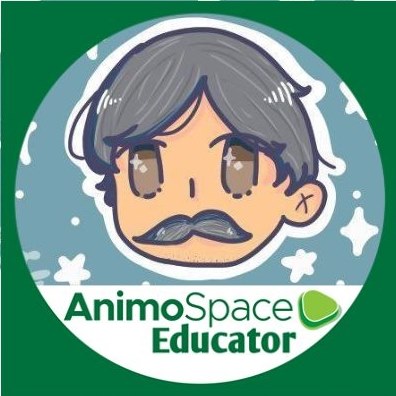 |
| Hotel Puteri Pacific, Johor Bahru, Malaysia |
 |
| Brent (2nd from left) and Felder(3rd from left) |
1. You can get more feedback from "active learning" and "questioning." Felder and Brent demonstrated during the workshop how active learning can be done effectively in the classroom. In active learning, students do things in class related to the course. During the workshop, Felder asked the participants to group in pairs or three members. Then he pose a question or problem which the group must discuss within a few minutes (from one minute to three minutes depending on the problem). One member is tasked to record the group's output from the short discussion. Felder then asked selected members from various groups about their outpus. In about ten minutes, we got various answers and suggestions from the participants. He compared active learning strategy to individual questioning where in the teacher asked the whole class and then look for volunteers. In this case, you will find very few students willing to answer your question because most of them are shy or passive.
Why does this strategy work? Felder says students when they have interaction with fellow students, they get engaged in the activity. And when the teacher asked for their answers, the students are less shy because what he/she is sharing to the class is a group output not only his/her own. The students are awake during the short active learning activity and participate in the group discussion because they want to be prepared for an answer in case the teachers calls them. Don't worry about the noise students make during the group discussion. It's worth it than a quiet class where learning doesn't take place.
Useful idea: In a 90-minute lecture, students get bored if the teacher is the center of the teaching-learning process. Students should be more actively engaged. Short active learning activities during the 90-minute class is effective - it makes students awake, get them engaged and thinking and the activity also promotes collaborative learning.
2. Initiate opportunities where the students start thinking. Students should not be passive learners but active learners. As stated earlier students learn more on active learning. Before coming to class, review your notes and examples. Think of questions that you may pose to the students and apply active learning to make them think during the lectures. Use varied and challenging questions so that student can apply the lower and higher thinking skills. Instead of using "Is that clear?" or "Any questions?", ask questions similar to the photo below such as "What if I use a different section?", or "How could we improve the process?"
 | |||
| Asking varied questions make students apply the various thinking skills (PPT slide form the Felder-Brent Workshop). |
 |
| Active learning activity in TSTRUC1 - Meeting No. 1 |
During
the one-minute activity, the students get engaged in the discussion, the class
obviously was noisy but they are awake. After one minute I called on students
randomly from various pairs and I got good answers from the various groups. I
have been doing this in my class in TSTRUC1 during the first meeting but in the
past they do it individually. I got better, faster and more answers this time
when I use pairings. Among the responses given were: type of material, available
material, available equipment, allowable stress, weight of person, number of
persons, span length, cross-sectional shape, temperature, environment, site, soil
type, cost and budget. From the data gathered, I discussed the basic procedure
of designing a simple beam bridge using their data and the principles of
structural design using concepts from STATICS and MEDEFOR only. Span length,
soil type as support and total load (weight and number of persons) are needed
to model the bridge and solve the reactions, maximum shear and bending moment.
The cross-sectional shape is necessary to determine the moment of inertia and
location of the centroid of the section. The type of material is important to
make an estimate on the allowable stress and the modulus of elasticity (E) of
the beam bridge. The site and its environment are important if you are consider
other environmental loads (temperature, wind, seismic, flood, etc). And
finally, the budget becomes a constraint to your design as it will limit the
cost of the bridge. The activity was very informative and new to them as they
were introduced on how theory is applied to a real world civil engineering
problem. About ten minutes were used effectively to review basic concepts in
STATICS and MEDEFOR.
---------------------------------------------------------------------------------
I shared this blog to Prof. Felder on June 7, 2014 and he immediately sent me this reply (June 8).
Dear Andres,
Thanks so much for sharing the blog entry with me. It really pleases
Rebecca and me that you got as much as you did from the workshop and you put it
to use in your teaching that quickly. The beam bridge exercise is excellent. I
wish my statics professor had done something like it when I was taking the
course many years ago.
Congratulations too on an outstanding blog. Your students are lucky to have
you as a resource.
Best regards,
Richard
Richard
Felder
Hoechst Celanese Professor Emeritus of Chemical Engineering
North Carolina State University
www.ncsu.edu/effective_teaching
Hoechst Celanese Professor Emeritus of Chemical Engineering
North Carolina State University
www.ncsu.edu/effective_teaching







